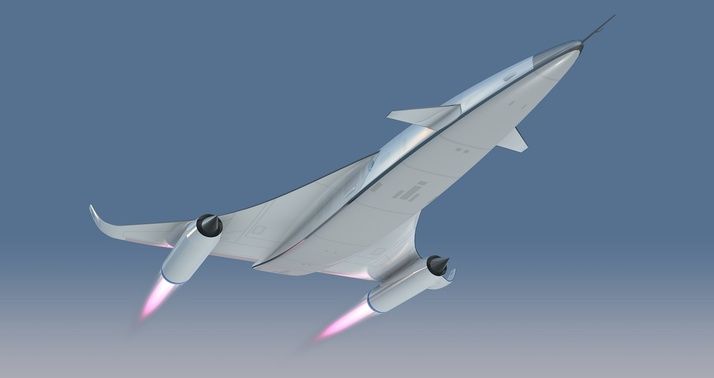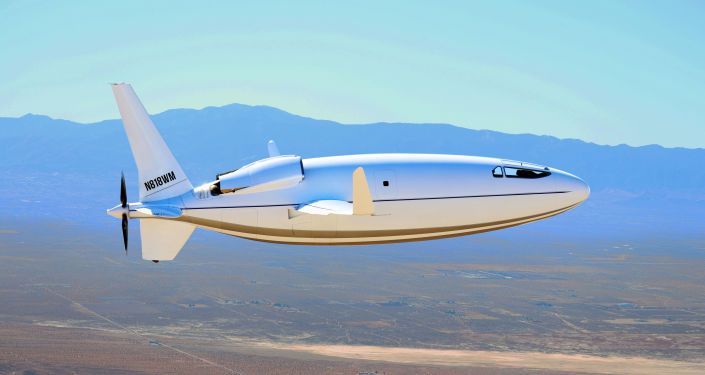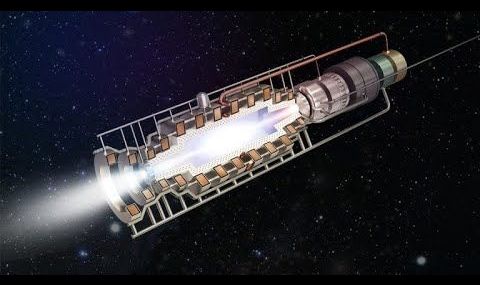
Reaction Engines and Britain’s Science and Technology Facilities Council (STFC) have completed a concept study into the practicality of using ammonia as a jet aviation fuel. By teaming Reaction Engines’s heat exchanger technology with STFC’s advanced catalysts, they hope to produce a sustainable, low-emission propulsion system for tomorrow’s aircraft.
Modern jet engines use a variety of fuels based on kerosene that have a very high energy density that can propel aircraft well beyond the speed of sound and carry passengers and cargoes across the globe. Unfortunately, such fuels are also derived from fossil fuels and produce significant carbon dioxide emissions, which the airline industry and many governments have pledged to reduce radically by 2050.
One way of achieving these cuts is to look at alternatives to conventional jet fuels to power airliners. The problem is that most of these alternatives have much lower energy densities than standard aviation fuels and suffer from other drawbacks. For example, present-day battery technology would require future aircraft to be very small, short-range, and with little payload capacity. Meanwhile, liquid hydrogen could be a viable alternative, but so much of it would need to be carried that planes would have to be completely redesigned and new infrastructure built.


















